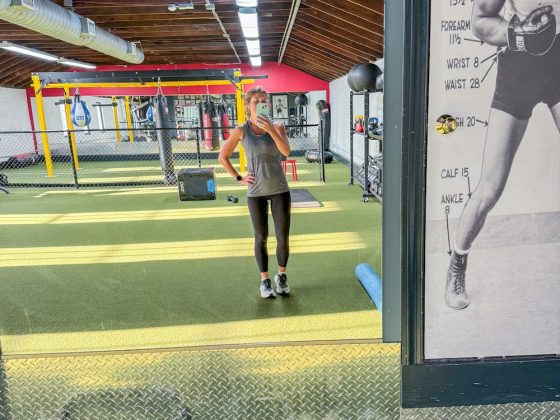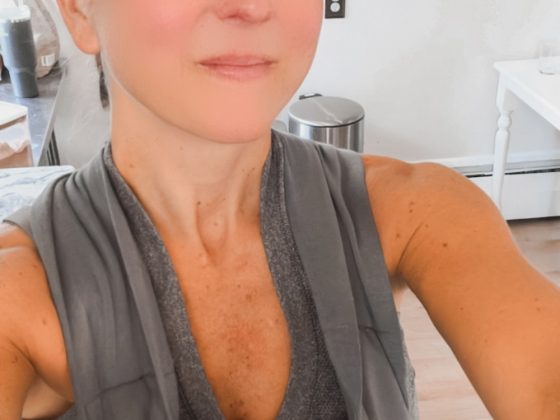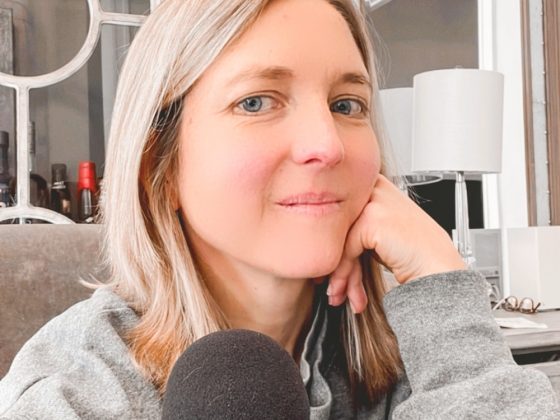Biohacking is a buzz word thrown around in the wellness world in recent years, but what exactly does it entail? “In its simplest form, [it is] hacking your biology; [figuring] out how to manipulate your body to perform better in some aspect.” explains Tye Jensen, self-proclaimed former biohacker and founder of Bare Nut Butter and co-founder of Rootine. He goes on to explain that the area of focus isn’t limited to athletic performance, but could pertain to mental clarity, metabolism, improved sleep, or blood sugar management. Essentially, it is starting out with a health goal in mind, becoming your own health advocate and experimenting with various things to figure out what works for you and your body.
Jensen states his reason why for getting into bio-hacking in the first place: “I like to experiment and test things on my body to figure out what works for me and makes my body feel its best.” However he doesn’t refer to himself in this way anymore as the term has become too “mainstream,” loosely thrown around, with “people out there doing things that aren’t even safe anymore.”
So where did biohacking come from? Interestingly, it stemmed from software engineers and data scientists – primarily in Silicon Valley – who love crunching numbers and using logic to achieve results. Why not apply the same tactics to the physical body to see how good one can really feel? From this thinking, biohacking was born.
When it comes to your health (and the optimization of it), taking matters into your own hands makes sense. Not only are we all genetically different, but traditional medicine tends to fall short when catering to the needs of individuals. Bio-individuality – the fact that humans have different genes, nutritional needs, preferences, etc. – is rarely realized in traditional medicine; blanket approaches to nutrition, and being quick to prescribe rather than getting to the root of the issue, is all too common. The system is more reactive than preventative, which biohacking attempts to reverse.
What are some examples of biohacking?
Think of biohacking as small science experiments to get results in the area of health optimization. Examples include anything from infrared sauna, intermittent fasting, to wearing blue light glasses, or using a continuous glucose monitor for blood sugar management. Again, it will depend on what you are trying to achieve, whether in the realm of sleep, metabolism, or brain health. However efforts could also be holistic, creating a toolbox so to speak of various ways to feel your best self mind, body, spirit.
How to biohack safely.
As with anything, it is always a good idea to seek the help of a health professional, whether that is your doctor, a health coach, or functional practitioner (the Institute for Functional Medicine is a great resource). There can be a lot of confusing information on the internet, so be wary of websites that lack legitimacy. And start small. For example if you are trying to increase insulin sensitivity, perhaps you play around with intermittent fasting, or try bulletproof coffee in the morning as a way to increase your fast from dinner until breakfast, ultimately improving your digestion as a result as well. Or if you are looking to get a better night’s sleep, trying wearing blue light blocking glasses during the day, turning off all screens at least two hours before bed. As you get more comfortable, you will be tempted to experiment more, should your needs call for it.
The important takeaway here is knowing that your body is your best compass, so listen to it carefully. Avoid attaching to what other people are doing, and tune in to you. Become aware of the objective science behind whatever it is you are learning about (sticking to articles that are backed by research studies), and then utilize your intuition to make decisions from there.










